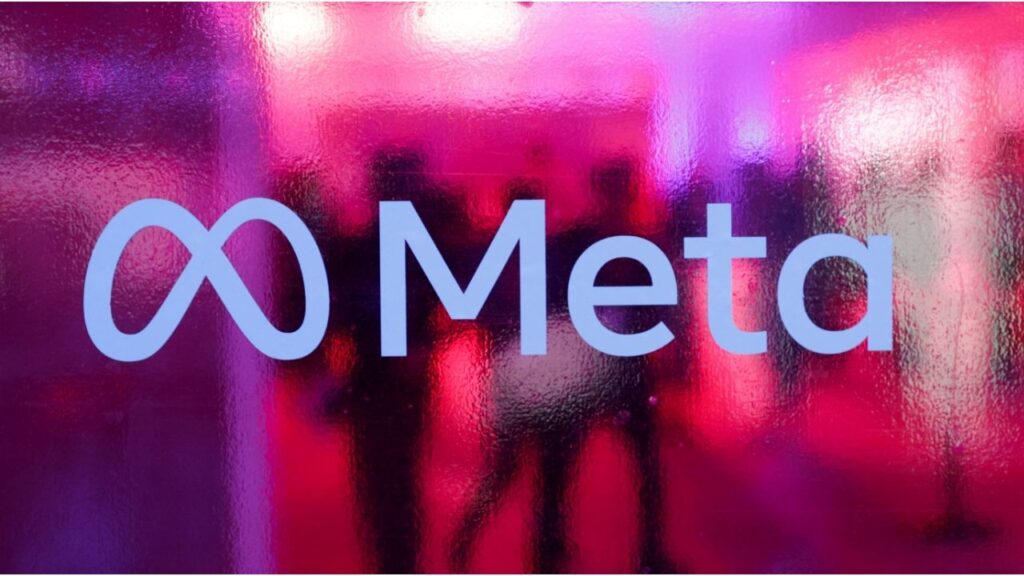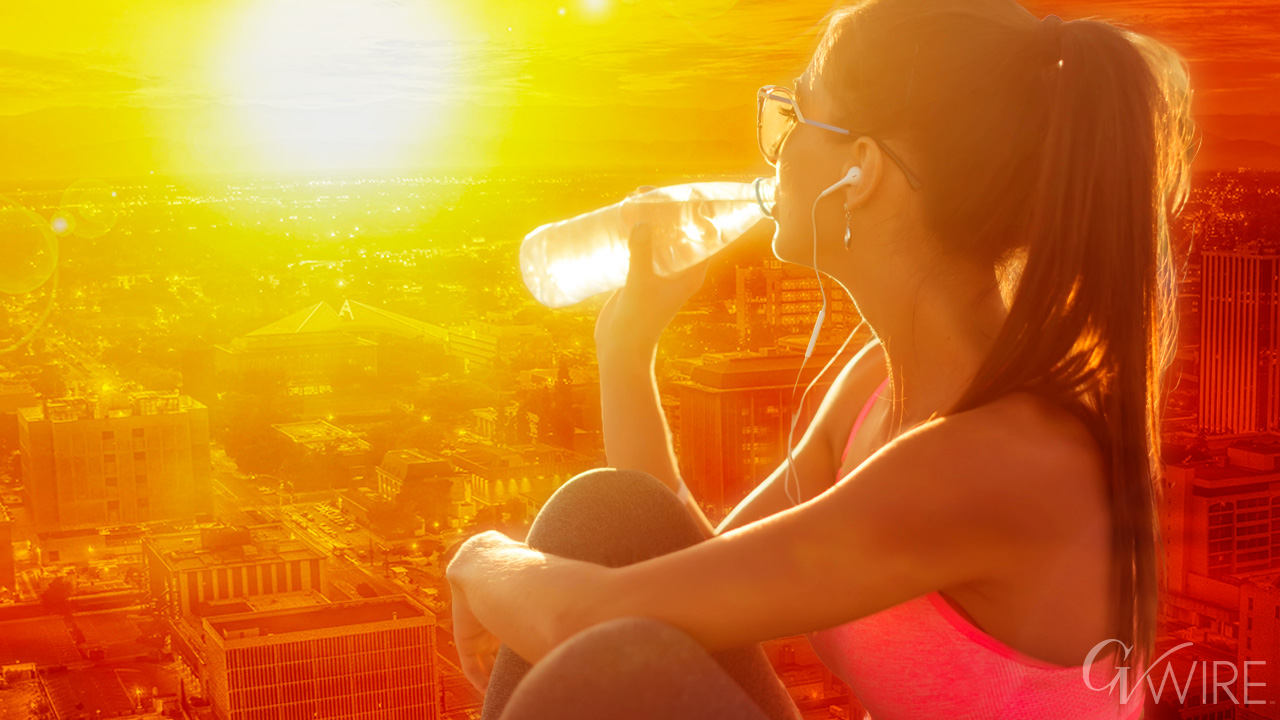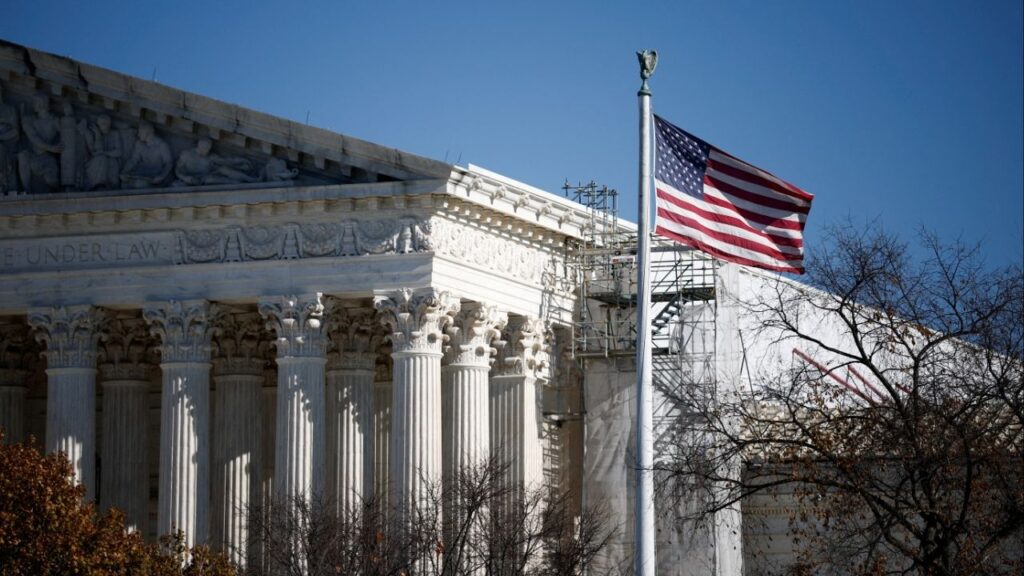Drink plenty of fluids and avoid too much time in the sun this weekend during the latest heat wave. (GV Wire Composite/Paul Marshall)

- Triple-digit temperatures this weekend has prompted the National Weather Service to issue a heat advisory.
- Fresno's high could hit 106 on Saturday and Sunday.
- Stay safe by staying hydrated and in air-conditioned spaces.
Share
|
Getting your Trinity Audio player ready...
|
The National Weather Service in Hanford has issued a “major heat risk” warning for the Valley, Sierra foothills, westside hills, and Kern River Valley starting Saturday.
The weather sends out advisories so people will know they need to take precautions to avoid illness, meteorologist Stephen McCoy said Thursday.
“Many of us have access to air conditioned rooms water, things like that. So what we want is to get the message out to people who are more at-risk, the young, the old, people with compromised immune symptoms, things like that, that these kinds of conditions can greatly affect.”
The heat advisory will start at 11 a.m. Saturday and continue through 11 a.m. Monday.
High temperatures of 106 are forecast from Fresno south to Bakersfield on Saturday, and the same for Sunday with a few notable exceptions: Visalia’s high could soar to 107, and Lemoore’s could drop to 105.
Heat-related illnesses peak during this kind of scorching weather, in part because people without access to air conditioning can’t cool off at night. The overnight low Saturday in Fresno will be in the low 70s.
Signs of heat exhaustion include cool, clammy skin, a racing pulse, headache, nausea, dizziness, and fainting. Worsening symptoms can be a sign of heat stroke and require immediate medical attention.

Stay Safe
To avoid becoming ill, drink plenty of fluids and stay in air-conditioned spaces as much as possible. Also, check up on friends and relatives, and remember not to leave children or pets inside parked vehicles, which can become lethally hot in just minutes.
If you have one or more dogs, it’s best to walk them in early in the morning before the sun heats the pavement to blistering temperatures, McCoy said.
On the National Weather Service’s risk index that goes from zero to 4, the Valley will be hitting 3 for major heat risk — higher than Death Valley and the Mojave Desert, which are at 2 for moderate risk on the index.
It’s not because the Valley will be hotter than the desert or Death Valley, where extreme heat is standard in the summer and the population is comparatively small, McCoy said. The Central Valley has a bigger population that can include many people who are vulnerable to extreme heat conditions, thus the risk index is higher here than the desert, he said.
How long will it last? McCoy has some good news: “We’re not seeing it go past Monday.”
RELATED TOPICS:
Categories

MAHA Activists Urge Trump to Fire His EPA Administrator

Meta Strikes Multiple AI Deals With News Publishers

















